NEED FOR MORE IMMERSIVE CONTENT
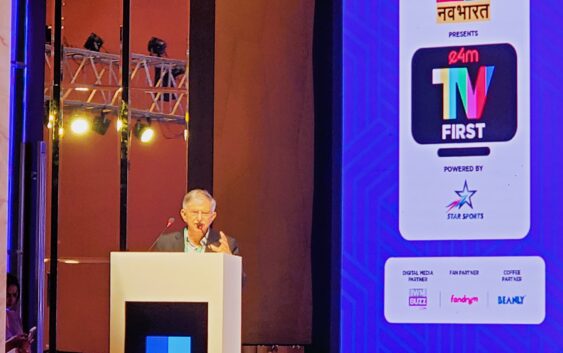
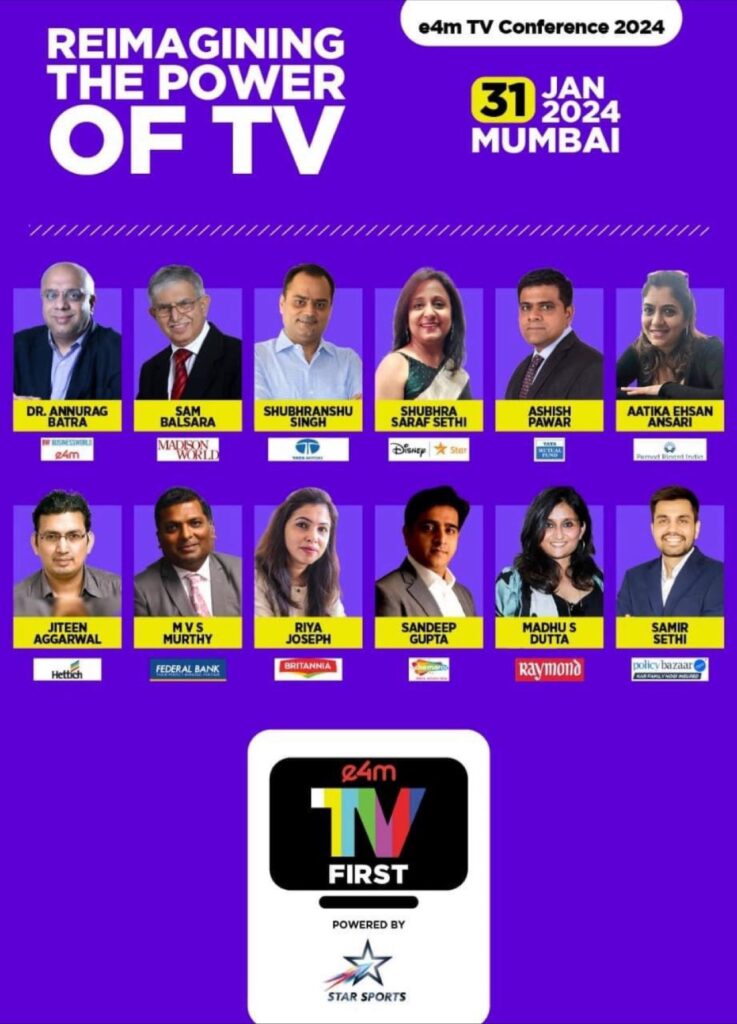
The sixth edition of the TV meeting meeting was primarily for industry specialists. A day of talks and conversations to celebrate the incredible work being done by one of the most interesting sectors.
e4m TV Conference 2024 brought together industry leaders, content creators, and innovators. It investigated new trends and cutting-edge technology, serving as a collaborative forum for imagining the future of television. The discussions included immersive experiences, interactive storytelling, and television’s expanding position in a digitally linked world, all of which helped shape the industry’s destiny.
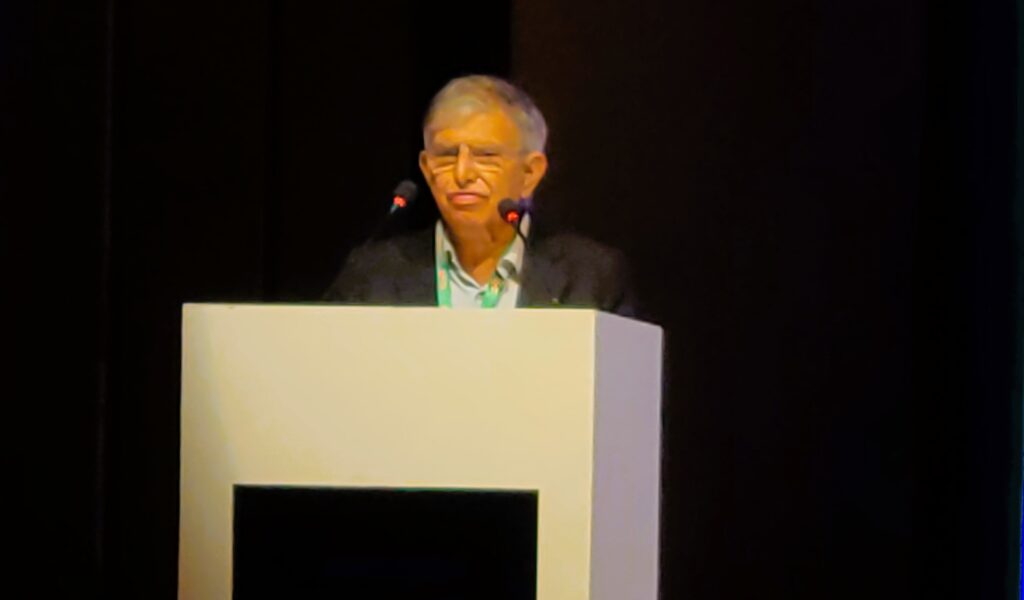
At the keynote, Why Do Large Advertisers Prefer TV First?, Sam Balsara, Chairman, Madison World, addressed at the e4m TV First conference about TV’s role in the AdEx and why major advertisers in India continue to spend heavily on this medium.
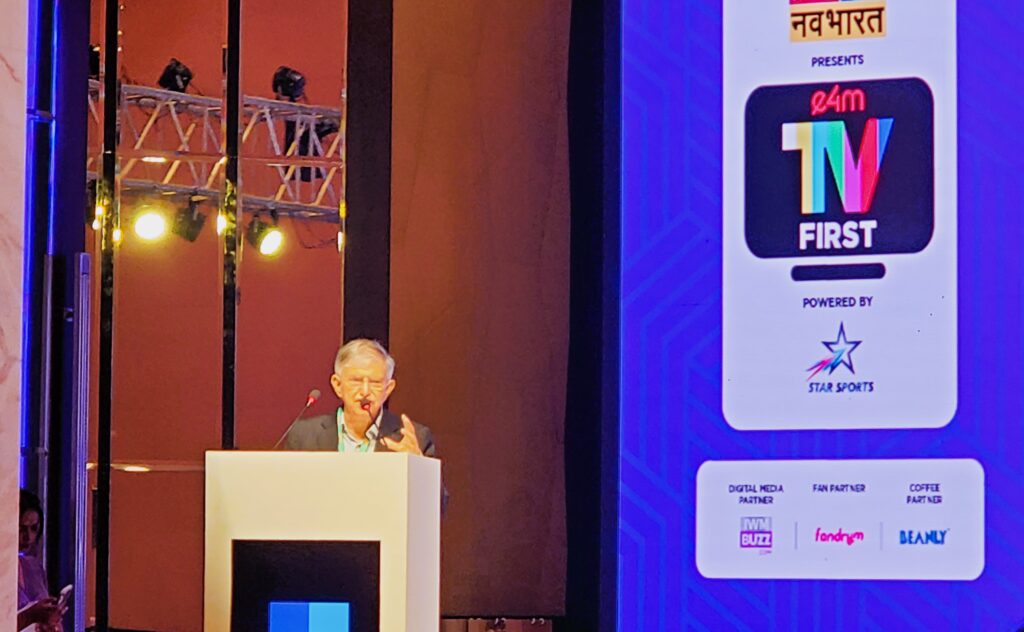
Even though television’s share of India’s total advertising spend fell from 42% to 34% between 2020 and 2022, large brands continue to invest the majority of their ad dollars in the medium because it provides a higher ROI than digital media, according to Sam Balsara, Chairman, Madison World, at the e4m TV First conference.
The adman pointed out that, while TV’s proportion of total AdEx globally has dropped to 18%, it remains at 34% in India, thanks to huge companies that continue to rely on TV as a medium because of the intrinsic benefits it provides.
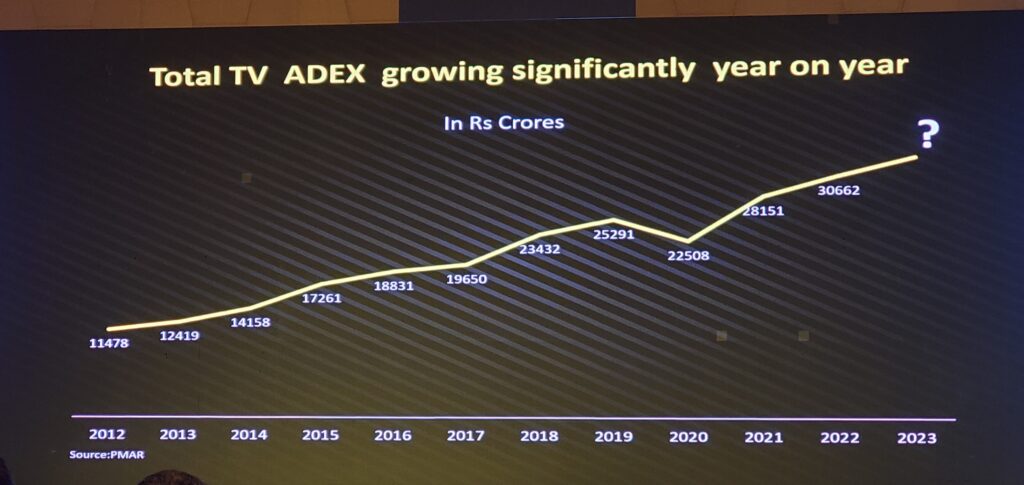
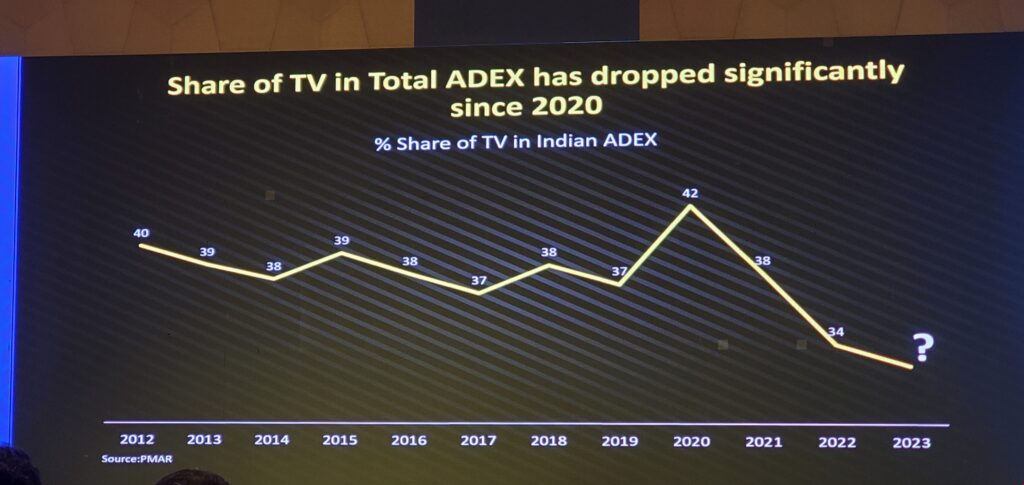
When asked why major marketers in India continue to spend so much AdEx on TV, Sam Balsara cited three primary reasons: TV is more efficient and successful, TV ads attract attention, and their influence lasts a long time.
Balsara argues that TV advertising offers a better return on investment (ROI) compared to digital alternatives. He likely points to factors like lower cost per viewer and the established effectiveness of television advertising for building brand awareness.
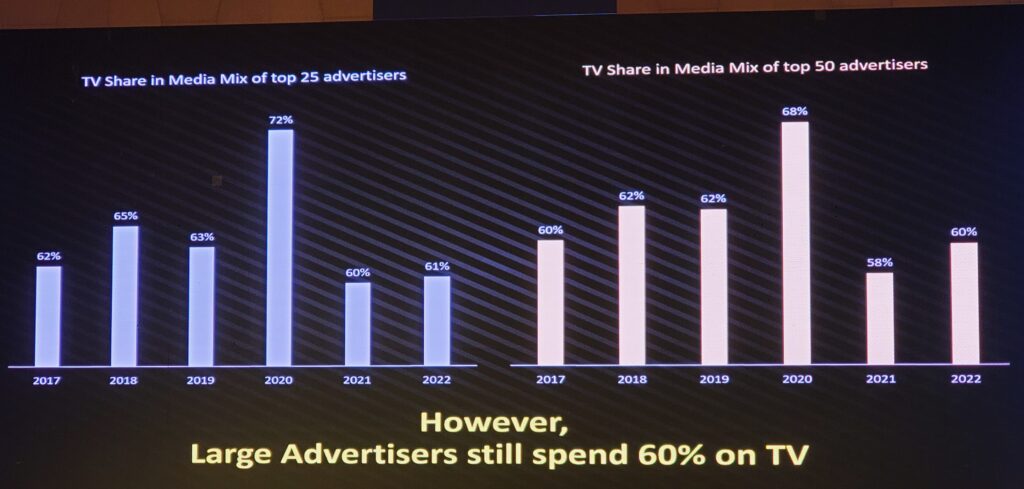
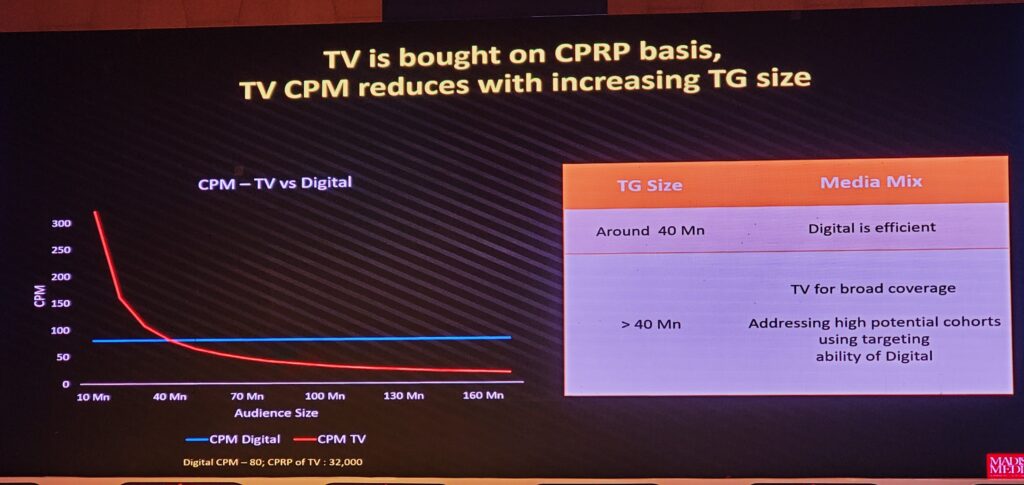
Sharing global studies, Balsara said: “Contrary to perceptions, TV media’s CPM reduces with an increase in the target audience because the medium offers huge “spillover audience” “for free,” Balsara emphasised, adding that the spillover audience sometimes goes to more than twice the target audience.
“Spillover audience is very critical for brands because even for highly penetrated brands like Colgate only 9 per cent buyers buy the products five times or more. Growth headroom for the brand is 59 per cent non-users,” the ad stalwart said, citing a Byron Sharp study.
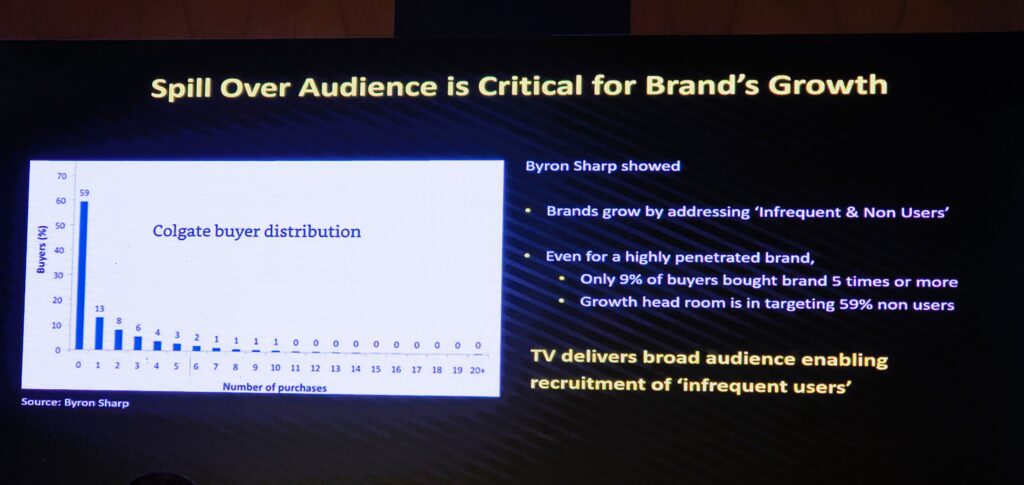
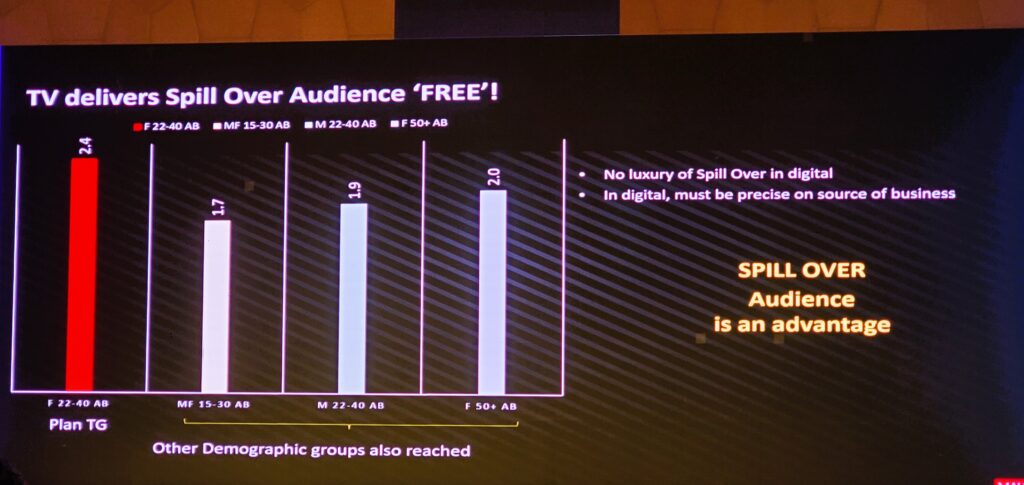
Balsara, citing a study by media specialist Prof Karen Nelson Field, stated that TV receives the most attention (13.8 seconds for a 30-second commercial). In comparison, YouTube, Instagram, and Facebook infeeds provide 5.2, 1.7, and 1.6 seconds, respectively. According to the study referenced by Balsara, mobile ad attention was at its lowest at 1.2 seconds.
According to Balsara, television is crucial in the “Attention Economy” because of its capacity to generate attention on a large scale. TV commercials can leave a lasting impression on viewers. Balsara suggests that TV ads have a stronger ability to capture attention and create memorable associations with a brand compared to fleeting digital ads.
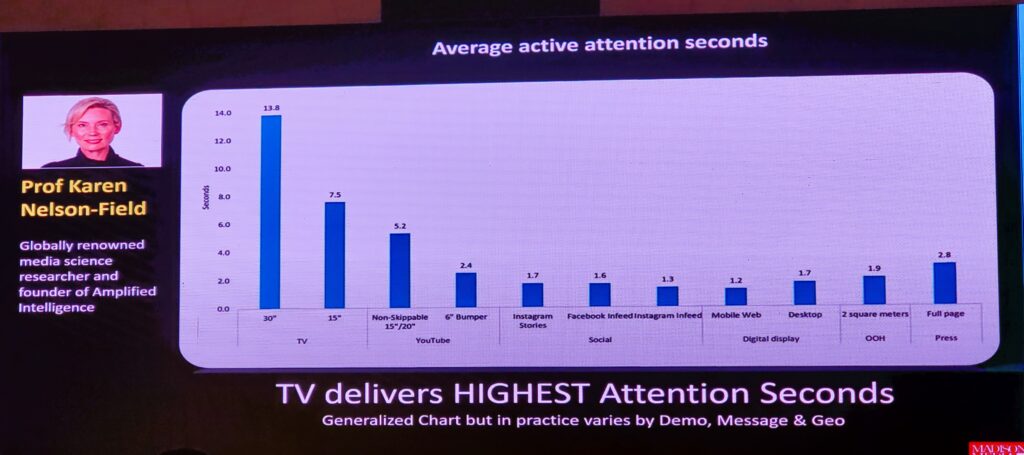
Balsara also stated that TV’s proportion of AdEx has decreased since marketers, CFOs, and CEOs are all leaving their professions sooner. Furthermore, neither promoters nor their PE investors understand how to establish or strengthen brand equity over time for long-term returns.
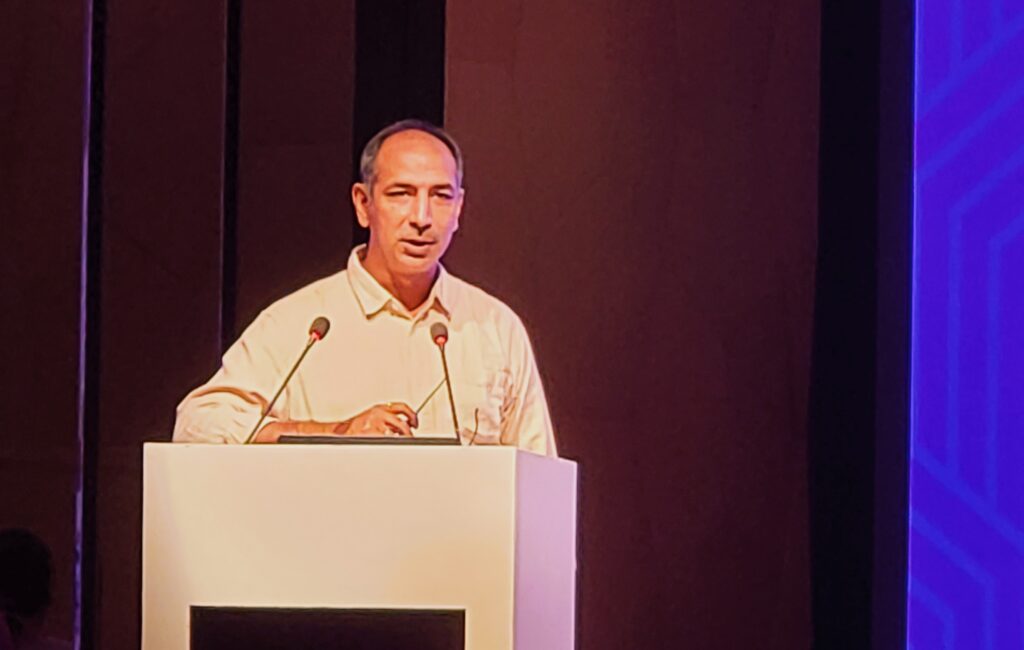
A special address by Ajay Dang, President, Head – Marketing, Ultratech Cement who delved deep into ‘Theory of Advertising and TV’ at the e4m TV First conference, said We aren’t in the business of media, but in the business of harvesting attention.
Dang quoted noted media theorist Marshall McLuhan, saying, “Medium is the message.” He believes that these phrases are insightful and convey a real meaning.
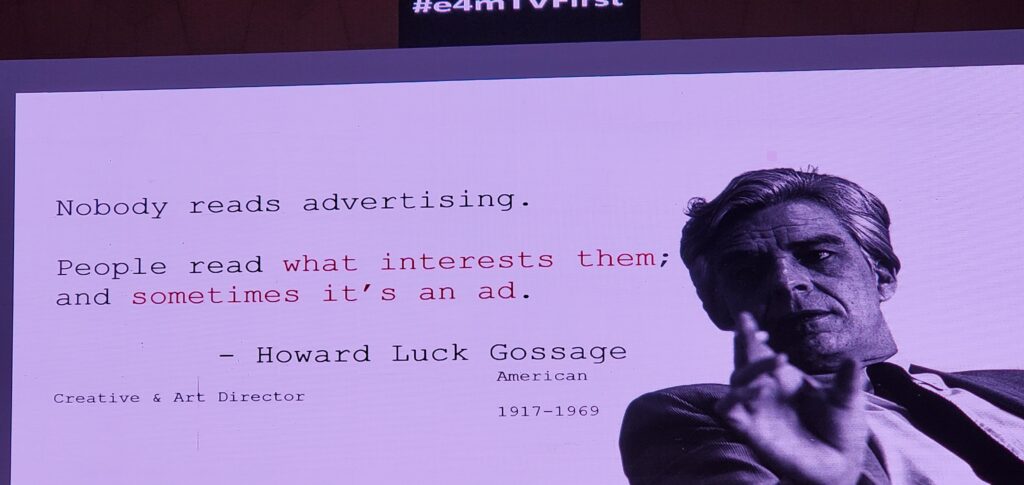
“Advertising effectiveness appears to have decreased globally since 2006,” he stated as he kicked off the session. “I believe there has been some fairly interesting and fundamental work done in terms of understanding who we deal with, how humans behave, and how we make decisions.” As marketers, our primary responsibility is not to increase clicks, reach, or frequency, but rather to effect change and make decisions and actions at the other end of the funnel,” Dang said.
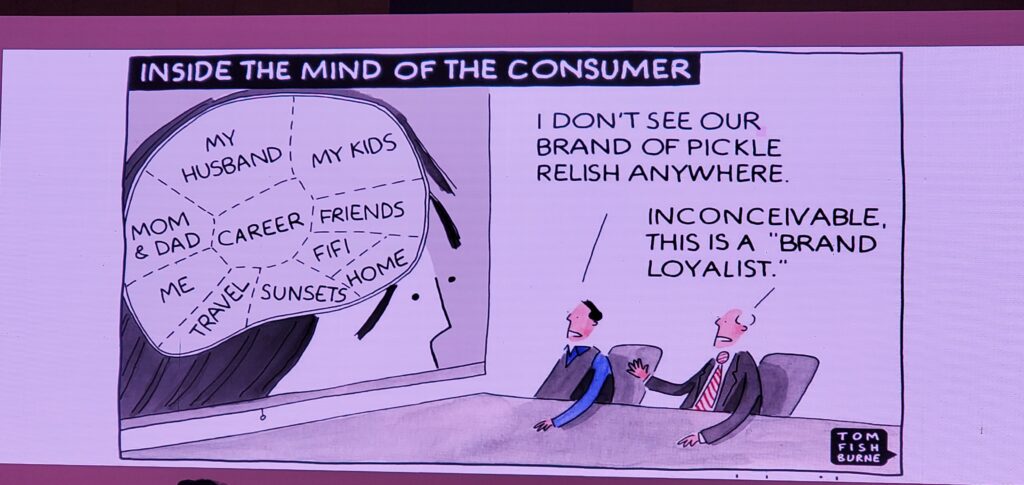
Dang dug deeper, emphasising how passionate marketers and business people are. “And maybe that is where the problem lies. We often forget that our TG is not us or our friends, so the amount of involvement that we have with our brands, we have with our categories, don’t exist with other people,” he said.
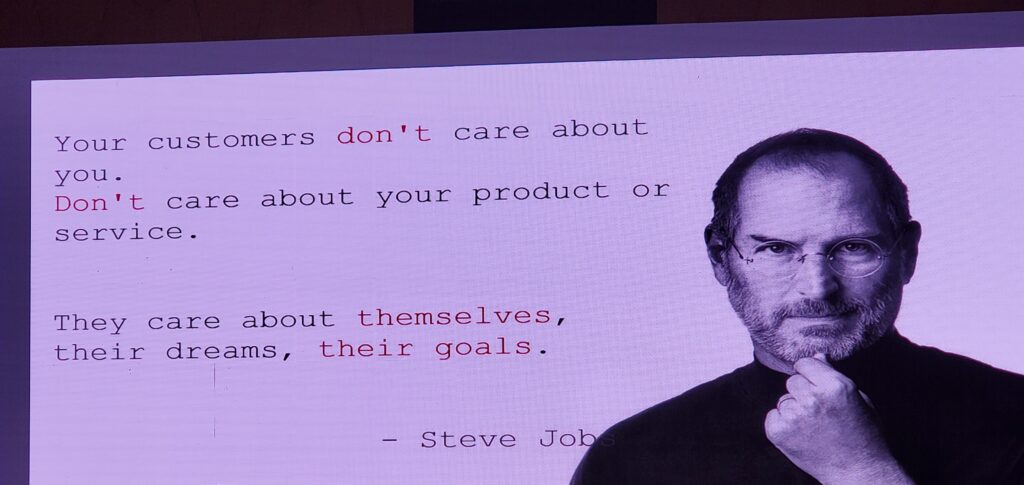
He borrowed practical insights from Howard Luck Gossage, and quoted him, “Nobody reads advertising. People read what interests them, and sometimes it’s an ad.” Dang added, “This brings us to a basic insight, which is that we are not dealing with consumers, we are not dealing with containers, we are dealing with human beings. We need to truly understand how these people make decisions and process information.”
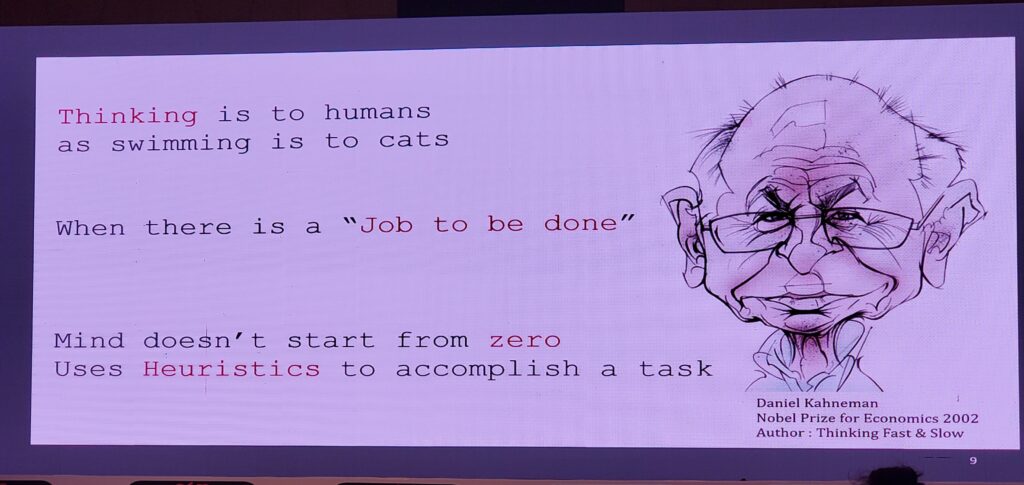
“Nobel prize winner Daniel Kahneman once said ‘Thinking is to humans, as swimming is to cats’. We can do it, but we don’t like to do it. Then what is the core purpose of the brain? The core purpose of the brain is not thinking, it is to keep us alive,” Dang explained.
He also emphasised that marketers’ job is not to deliver more and more information. “The bad promise that digital advertising has made is that we can never simultaneously attract or identify the exact moment when somebody is thinking of the jobs to be done and provide information right at that moment,” Dang said. He believes that the aim at hand is to create excellent memories that can be recalled rather than simply relaying facts to others.
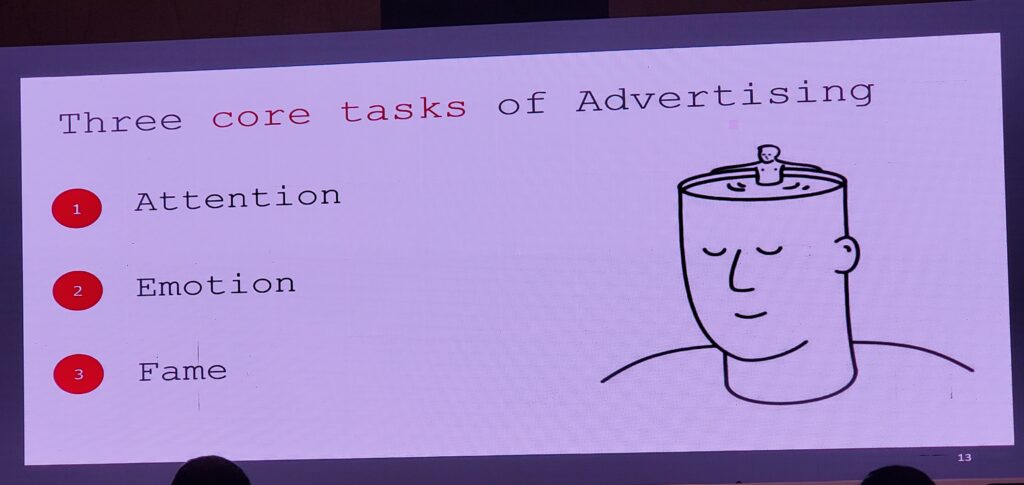
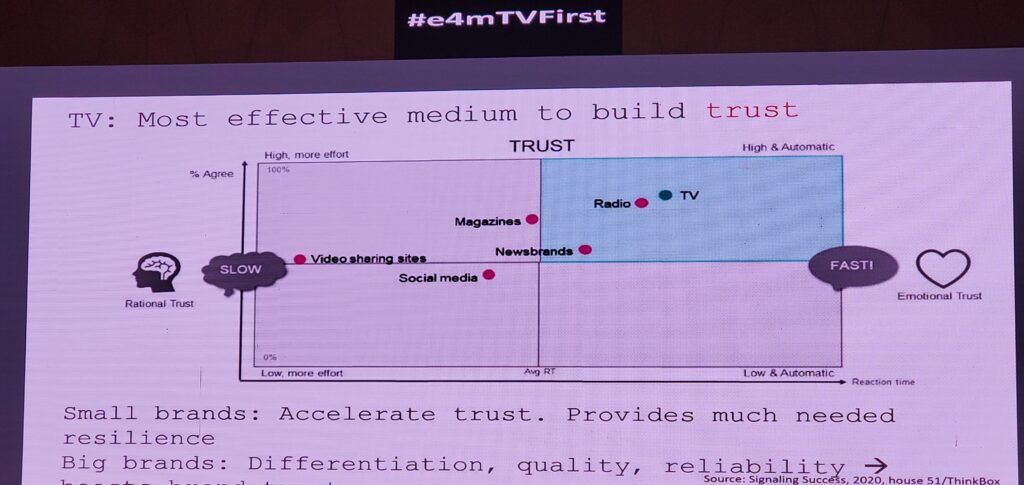
Dang reduced the entire notion to three fundamental objectives, stating that attention, emotion, and renown are vitally important. “We are not in the business of media, but in the business of harvesting attention. In 3 or 3 and a half hours of TV viewing, as an average consumer does, the attention that someone gives to advertising is less than 10 minutes. That also tremendously varies based on the medium that we go to,” he pointed out.
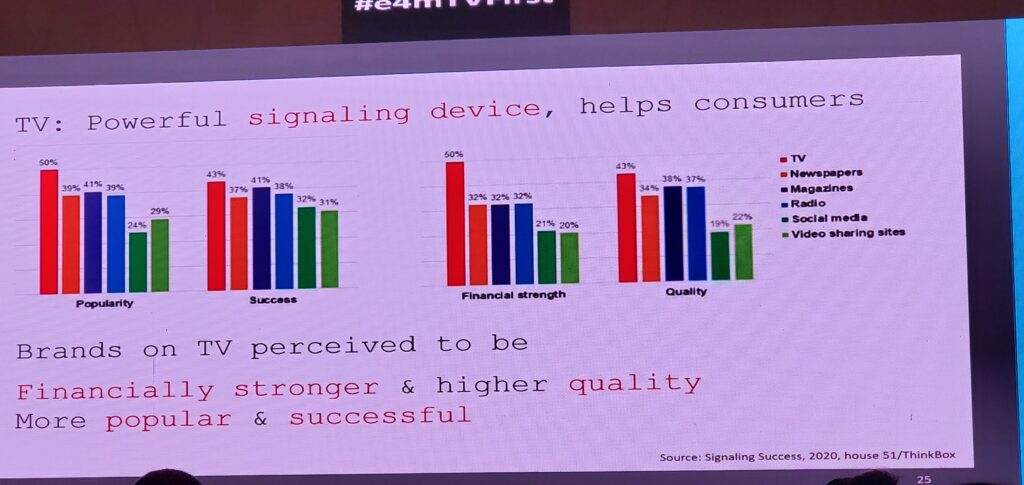
More specifically, he stated that TV not only captures people’s attention right away, but it also keeps it for a longer period of time. “If you had to evaluate the viewership of advertising and viewership of content on TV, that falls only by less than 20%. That means attention doesn’t go down, it holds attention for far longer as a medium versus something which is a lean in medium aka digital.”
According to Dang, the largest search engine is not Google or Amazon, but the mind, which is the most valuable real estate for an advertising. “Digital does the harvesting job very well, but you cannot harvest without sowing. That is the real reason why it can’t do brand building. But when both mediums come together, you are doing a good balance of sowing and harvesting to have a good crop,” Dang explained.
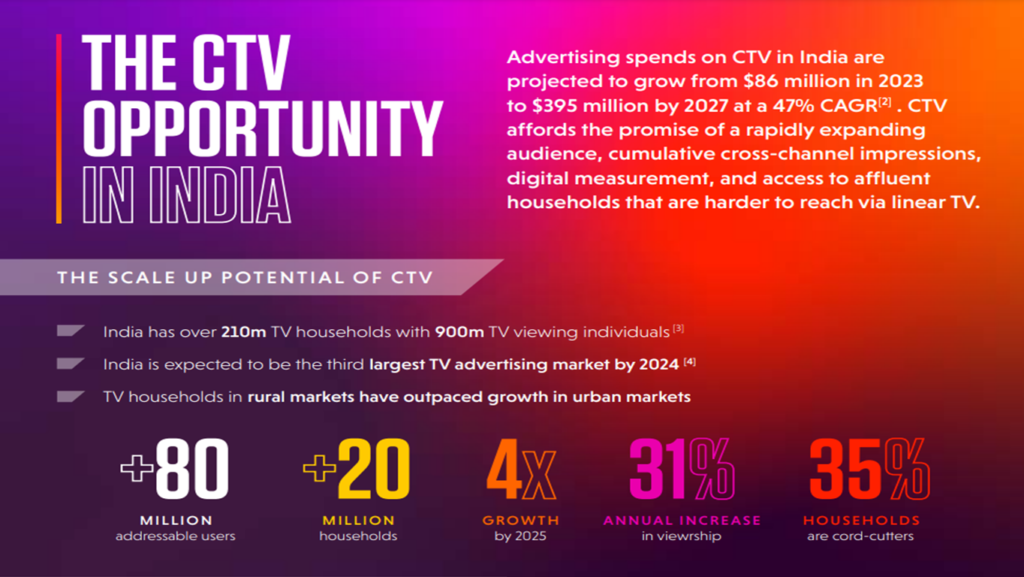
According MiQ report, TV accounts for more than 40% of India’s $10 billion advertising business, and it is expected to increase at a CAGR of more than 11% over the next five years. Changing TV watching patterns, increased internet and smart TV penetration, and availability to a wide range of content have propelled Connected TV (CTV) to the forefront, providing new opportunities for companies to target and engage TV audiences efficiently.
MiQ, a global marketing intelligence organisation, expects that ad spending on connected TV (CTV) in India would increase from $85 million in 2023 to $395 million in 2027. MiQ expects that CTV advertising expenditure will reach $500 million by 2027.
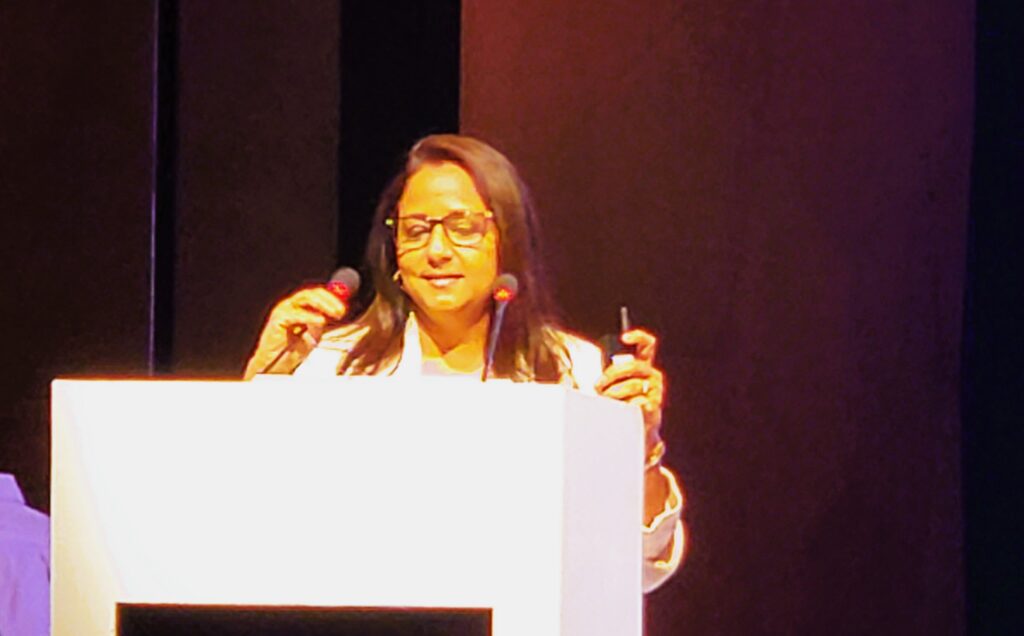
Shubhra Saraf Sethi, Head of Product, Revenue Strategy, and Customer Marketing for Sports at Disney Star, presented and shared key insights at the e4m TV First conference on ‘Live Sports – Leading the Growth of TV and Brands in India,’ said Live Sports on TV drives impact across sales funnel for brands.
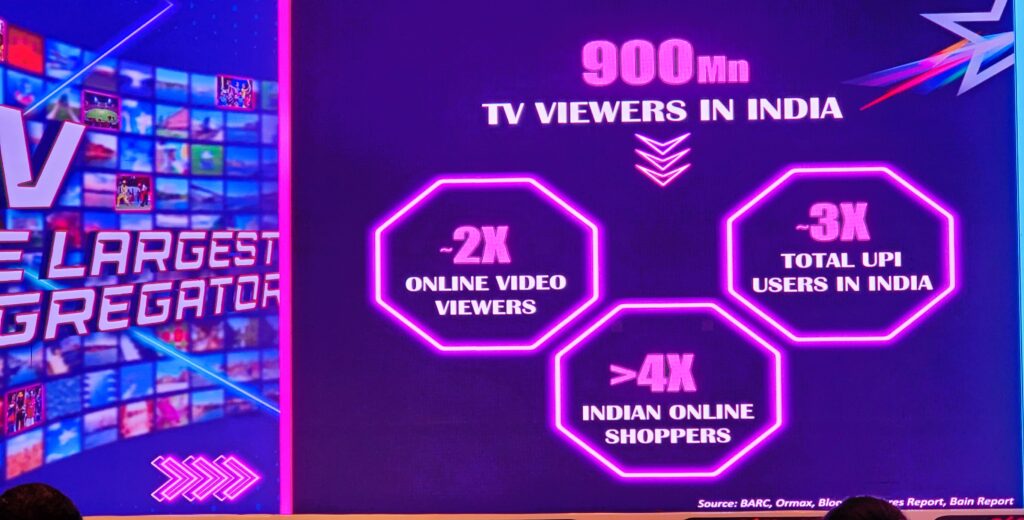
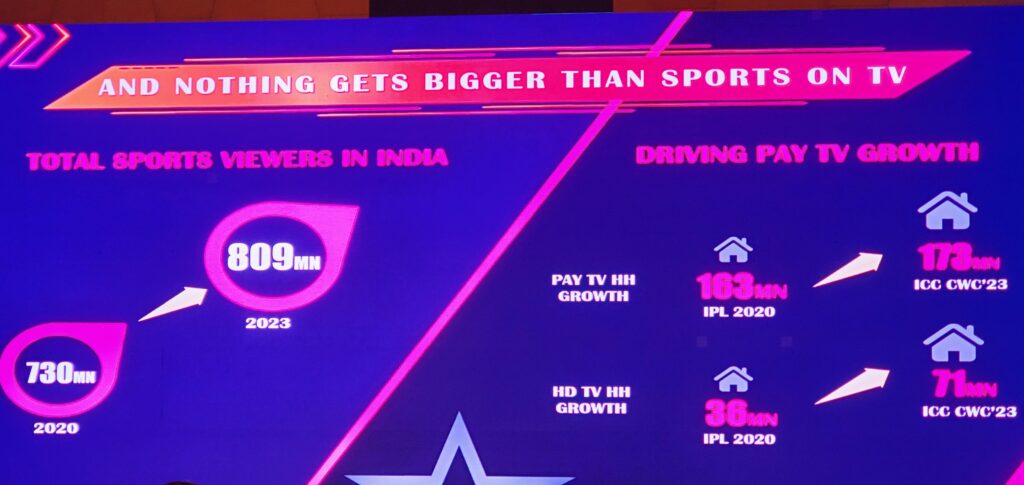
Shubhra began by discussing the unique power of television in India, which is driven by 900 million people nationwide. “To put that into perspective, TV viewers are 3X of total UPI users and >4X of total online shoppers in India.” She emphasised that live sports are driving the rise of television, not just in India. “Not just India, but even in technologically advanced markets, TV is the chosen destination for live sports viewing. When it comes to sports people like to watch it on the big screen across the world and not just in India. 95% of Super Bowl viewers watched the game on linear television. 114 million viewers watched the game on TV while only 7 million streamed it. IPL is the Super Bowl of India.”
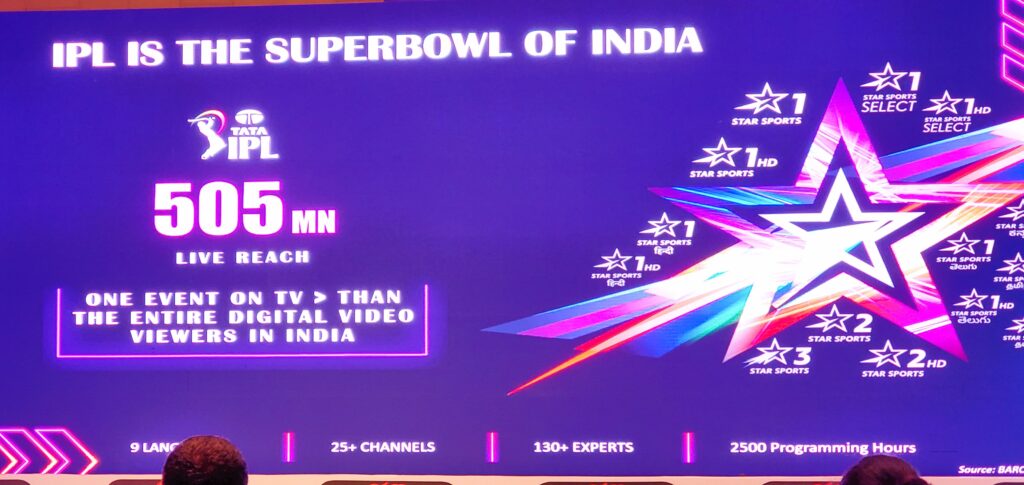
She then mentioned that the IPL would surpass 500 million viewers for the first time in 2023, making it the biggest edition ever on the big screen. “In fact, 2023 was the year when cricket on television created and recreated history, with all major cricket events past eclipsing viewership records. Asia Cup delivered a reach of 306 million, whereas IPL garnered 505 million and ICC CWC saw 520 million viewership. To top it all, the reach of the World Cup final on TV was 300 million on a single day.”
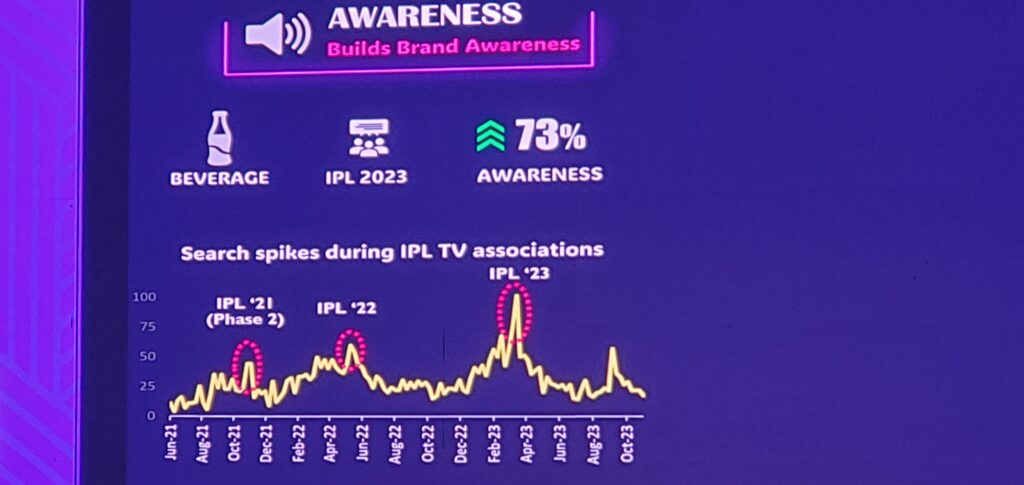
Shubhra released findings from a Sync Media analysis that examined the campaign success of 10+ IPL sponsors till 2023. “The report states that 85% of all improvements in the business KPIs, whether it’s an increase in awareness, consideration scores or even brand impact, were driven by television, showcasing the ability of television in driving highly differentiated impact.”
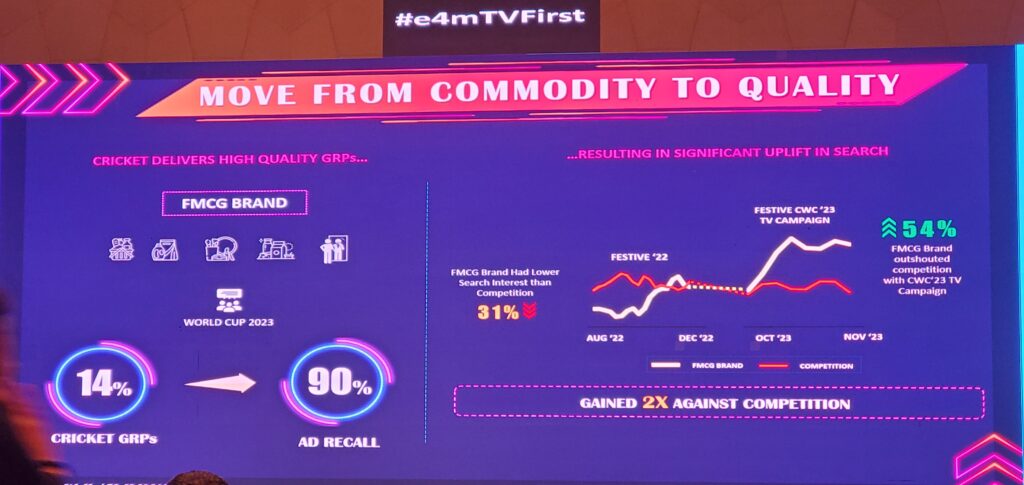
Shubhra discussed the need of improving the success of brand associations through television, arguing that cricket on TV delivers high-quality attention GRPs, transforming television from a commodity to a premium buy. “Sports is helping brands tell effective stories which brings brands closer to their customers. Brands like Mondelez and Airtel have captured the attention of millions of viewers through integrated organic campaigns built by Star Sports during IPL, helping them to achieve their brand objectives. This IPL we are offering brands an opportunity to deeper engagement with viewers, whereby IPL viewers can have an engaging experience with their second screen by accessing additional content, contests, and rewards. It can also help brands generate leads for their activity.”
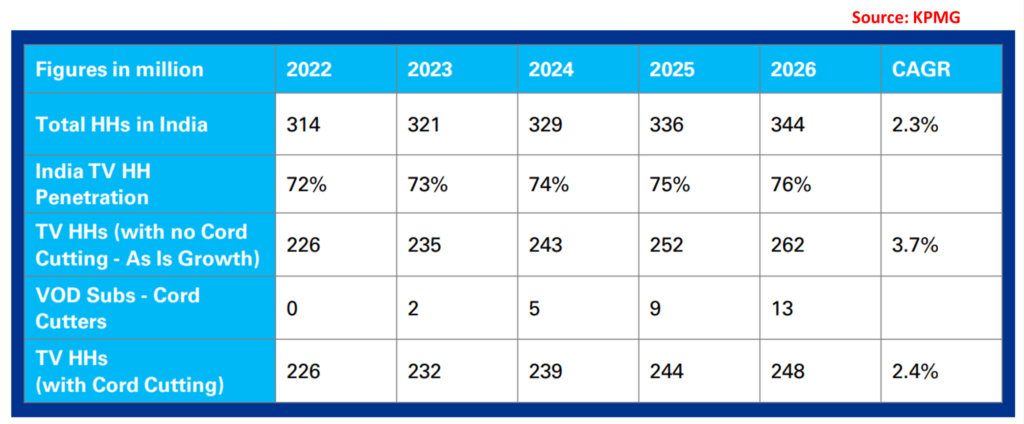
According to a KPMG report dated Nov 2022, Sports are the most widely consumed type of programming on television.
In the first nine months of 2022, roughly 722 million2 viewers viewed sports-related material. This genre is predicted to reach 2019 highs before the end of the year, notwithstanding COVID-19’s impact. The Indian Premier League has a reach of 400 million3 across all demographics, making it the most popular television property in India. I
Advertisers are increasingly interested in sports broadcasts due to their high viewership and demographic reach. In FY22, sports broadcasting generated around INR7,560 crore in income, attracting attention from both old and emerging enterprises.
The TV platform in India has a significant reach of 900 million people, is affordable, and offers a wide range of original programming. However, fixed broadband penetration in India remains an issue. India’s TV households are predicted to reach 250 million by 2026, up from 210 million in 2021.

